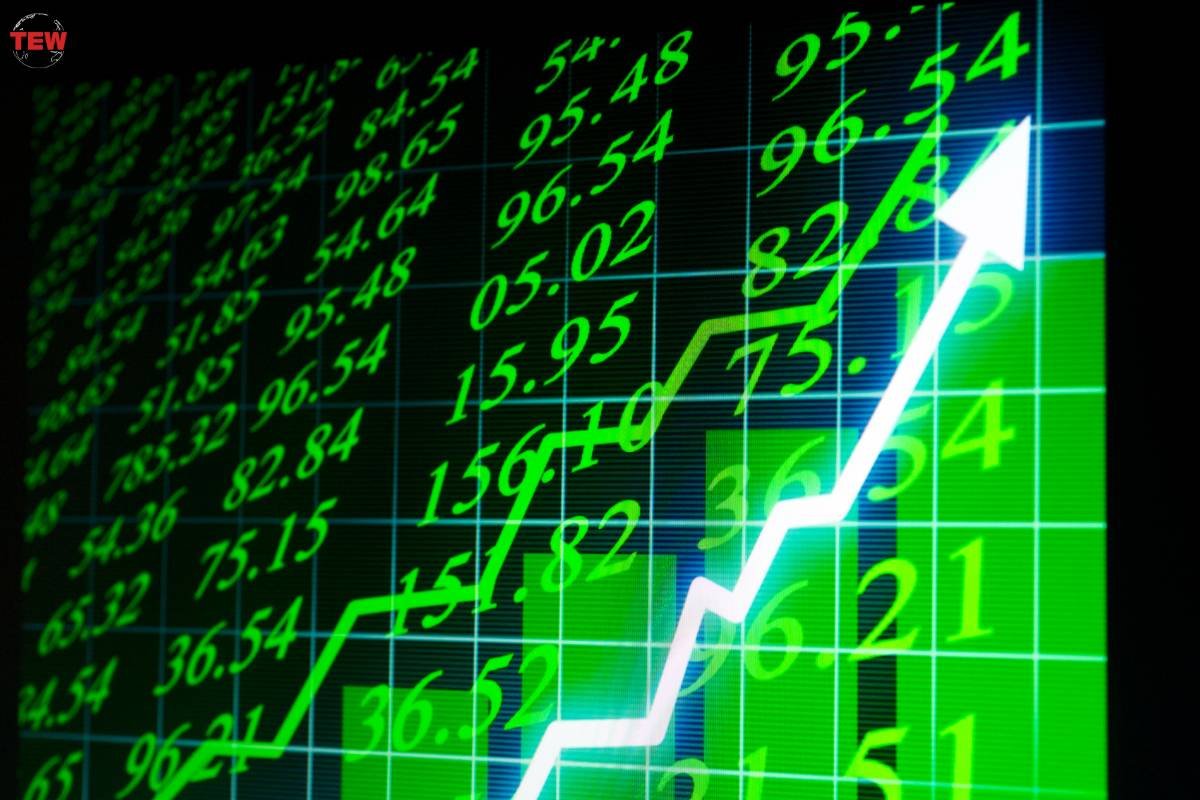Cash is King – that’s a truism of all time. In the realm of cash disbursements, two interesting concepts become realities – stock dividends and cash back. Today we are going to explore this fascinating topic by delving into each of these arenas in greater detail.
We begin our analysis with a detailed look at stock dividends and cash back on purchases and then we’ll take a long hard look at how payments work. We commence proceedings with cash back on regular purchases, and how this particular model impacts consumption, expenditure, and savings.
Cash Back Apps

Source: Statista Retail Prices of Regular Gasoline in the United States from 1990 – 2023
Many folks feel that they simply cannot do anything to mitigate the rising costs of routine purchases. Things like gasoline, and food (dining and grocery store shopping) are major bugbears. These expenses tend to steadily rise over time, given the inflationary pressures we are currently experiencing. Consider this statistic an important case in point – the retail price of regular gasoline in the United States from 1990 – 2023 has skyrocketed.
Even if we use the contracted version: 2020 – 2023 years as examples. The situation is still untenable. In 2020 the price per gallon of regular gasoline was $2.17. By 2021, that figure rose to $3.01. By 2022, the figure was $3.95. And in 2023, the figure dropped to $3.52. While this trend is certainly encouraging to the downside, it still represents a $1.35 per gallon increase from 2020 prices or a 62.21% increase. That is beyond untenable – it is incomprehensible.

Source: USDA Economic Research Service
Food prices are none too complimentary either. For 2022 – 2023, there has been a sharp annual percent change in prices for many different foodstuffs. Notable among them are increases in the prices of fats and oils, sugar and sweets, cereals and bakery products, non-alcoholic beverages, other foods, other meats, dairy products, beef and veal, poultry, eggs, fresh vegetables, fresh fruits, fish and seafood. The decreases in food costs only pertain to pork which went down by approximately 1% in the aforementioned period in question. Viewed in perspective, inflation remains the wolf at the door about US food-at-home categories (2022 – 2023), and beyond.
Fortunately, relief is at hand. A restaurant discounts app can offer significant savings on everyday purchases, including gasoline, groceries, and of course, dining out. With over 50,000 participating restaurants, grocery stores, and gas stations, this leading cash-back app service helps you earn 3X more than other apps on every refill, grocery run, or meal out.”
As a cash-back app, it serves communities across the country, providing much-needed relief in the form of lower effective prices. An inflation-beating tool designed for the most exigent routine purchases; it serves a valuable purpose in the world. Customers can breathe a collective sigh of relief knowing that cash-back opportunities are always within reach. And the cashback is real; it’s just as real as the discounted prices consumers are paying while using the app.
Dividends
In simple terms, dividends represent the percentage (%) of company earnings paid out to shareholders. This represents a share of the profits disbursed to shareholders vis-a-vis profits. Dividends are paid out quarterly. It’s the BOD (Board of Directors) that determines the exact dividends based on earnings.
As many investors already know, stock dividends and cash back are paid out in the form of cash disbursements which may be reinvested in company shares, or simply retained as a cash balance in a portfolio. All dividends have a payment due date. There is also a dividend yield which represents a percentage based on the dividend per unit stock price. For example, if Apple (NASDAQ: AAPL) pays a $1 dividend and the stock price is $100, the dividend yield is 1%.
Only eligible shareholders qualify for stock dividends and cash back – not all shareholders. Importantly, it’s the BOD that determines dividends well in advance. A growing number of companies choose not to pay dividends. Instead, they reinvest those funds in the company for enhanced growth and expansion. Whether dividends are relevant or not, many investors prefer to invest in a company that pays dividends to shareholders. It’s perceived as a value-added benefit
All common stock shareholders (owners of stocks) are eligible for company dividends. Provided you own the stock before the dividends are due, you will benefit accordingly. Dividends may be paid out on a monthly, quarterly, or annual basis.
It is worth considering the type of company you prefer investing in before seeking dividends. For example, early-stage tech companies typically don’t pay dividends because they reinvest their earnings into growth and expansion of operations.
You also may not see dividends paid out on your stocks, and not care about it, as long as the stock price is rising rapidly. Just before a dividend is paid out (investors know beforehand), the stock may benefit from a slight price rise. Ex-dividend, the price drops to reflect the decreased demand for the stock.
Fortunately, you don’t have to settle for one or the other – opt in for stock dividends and cash back rewards!






